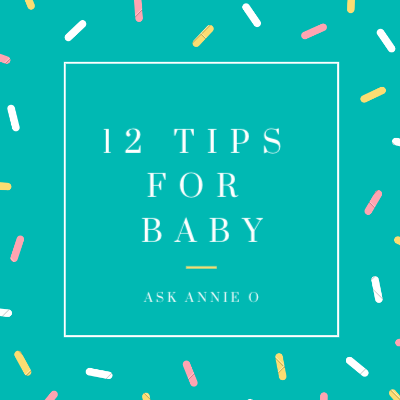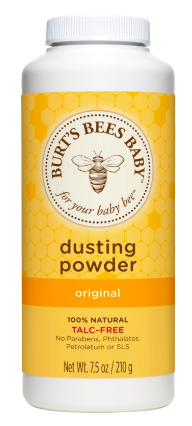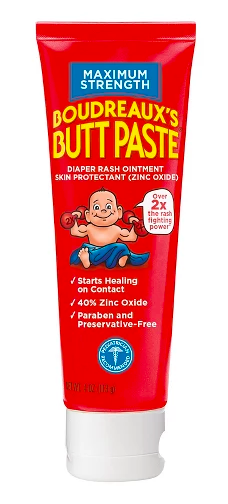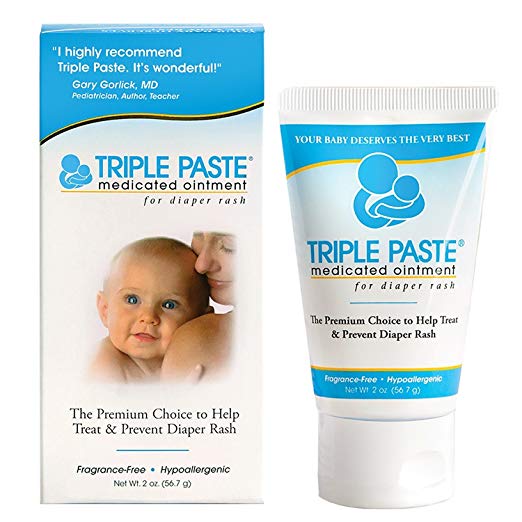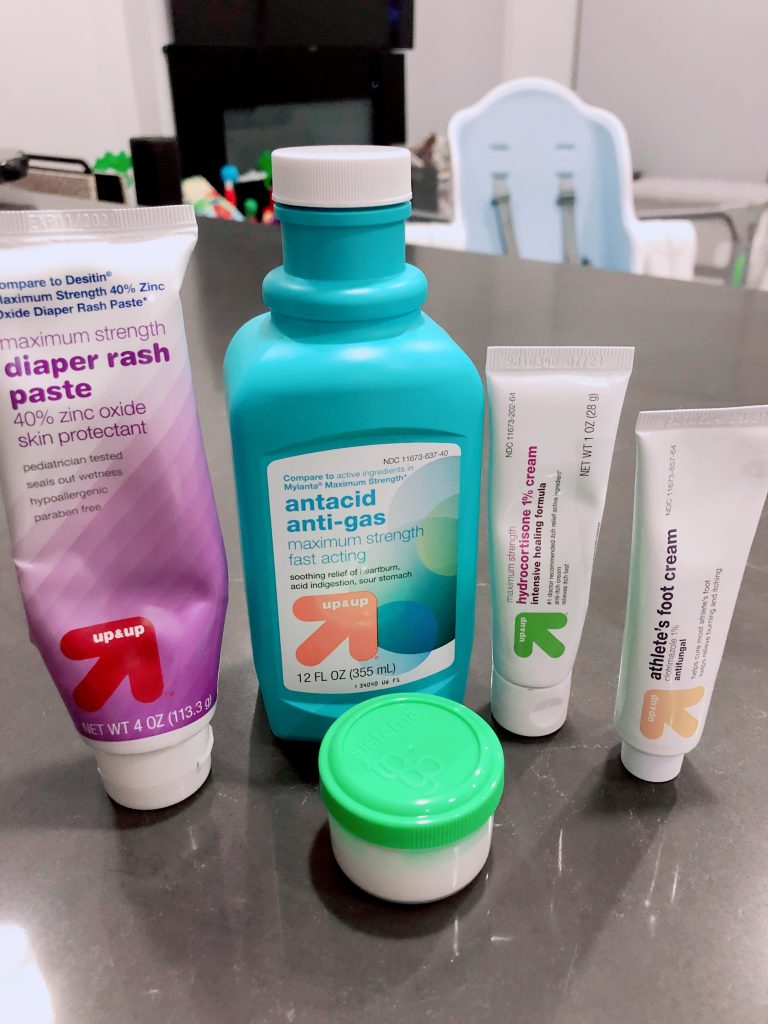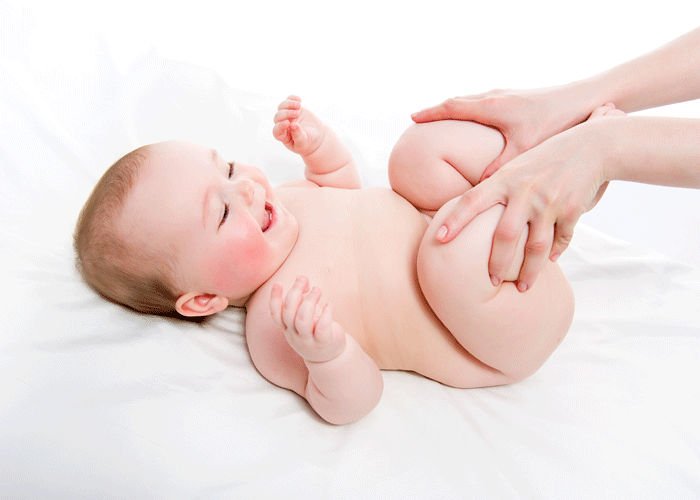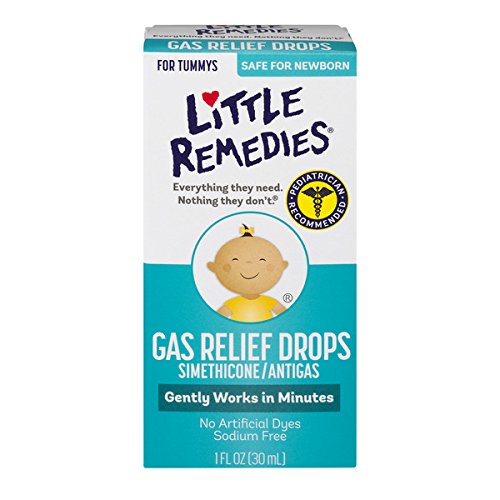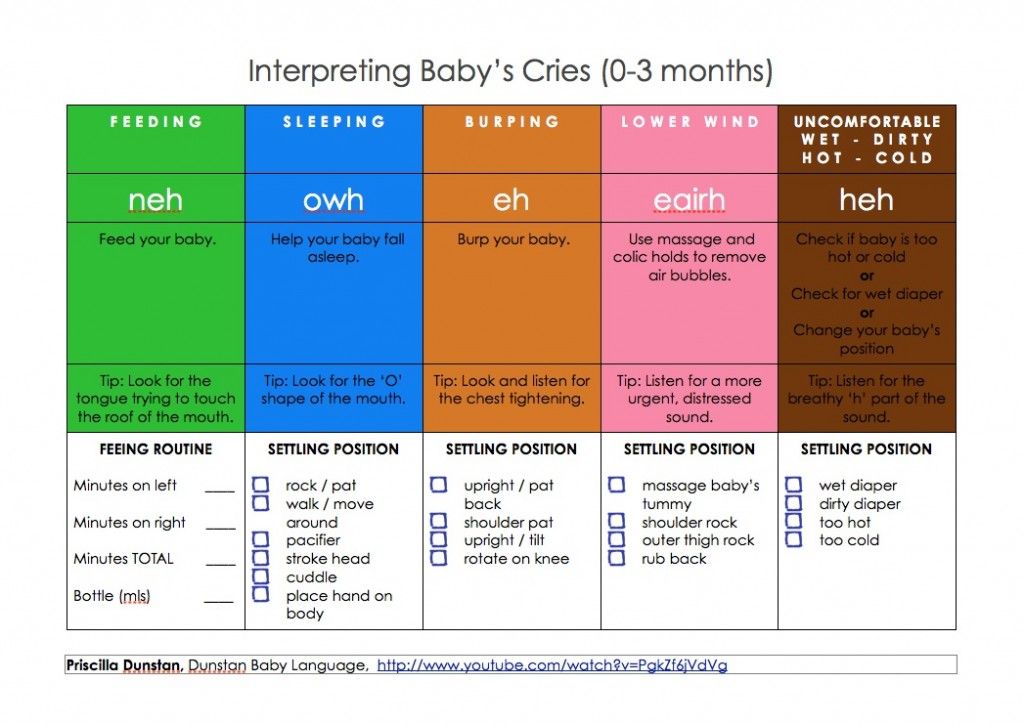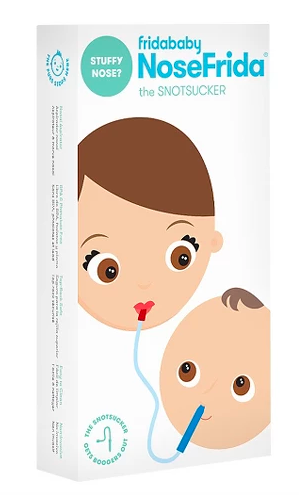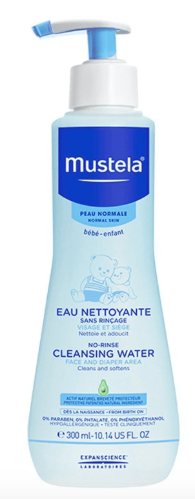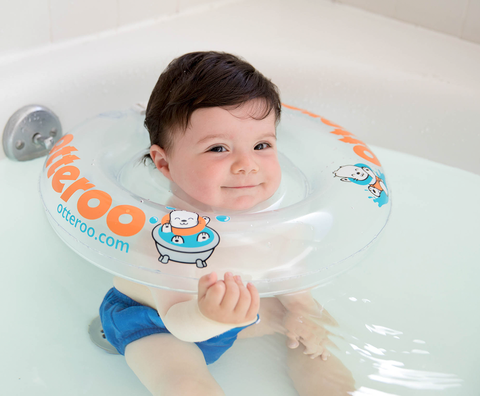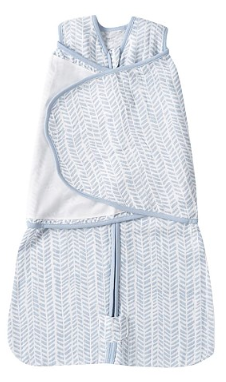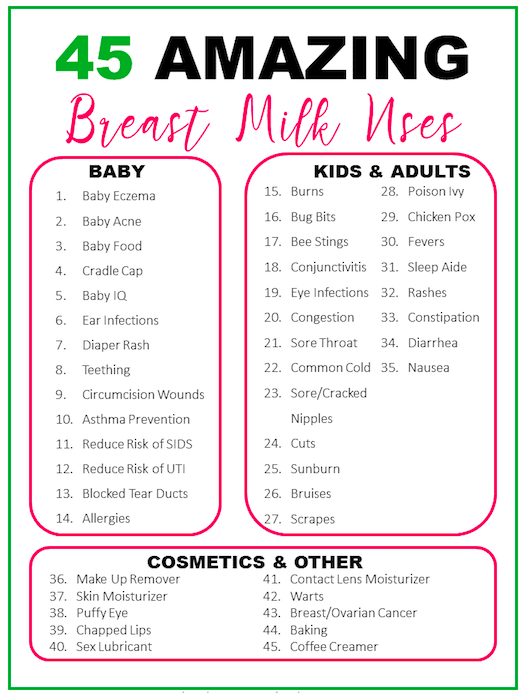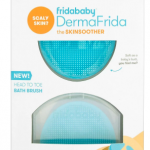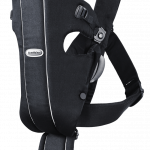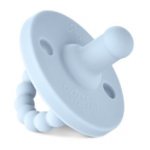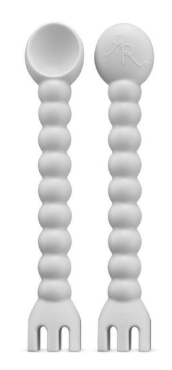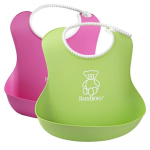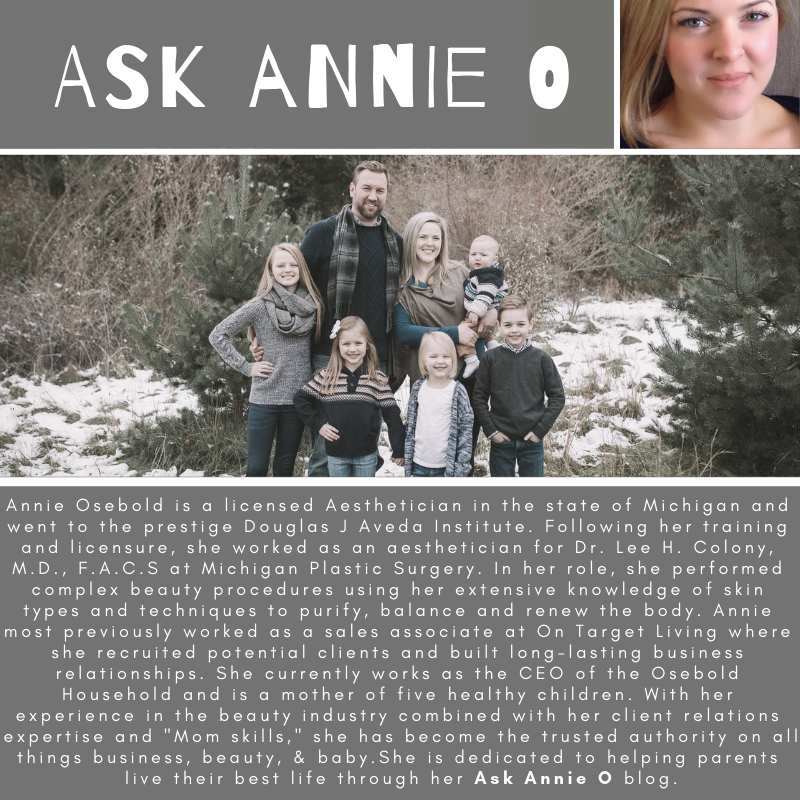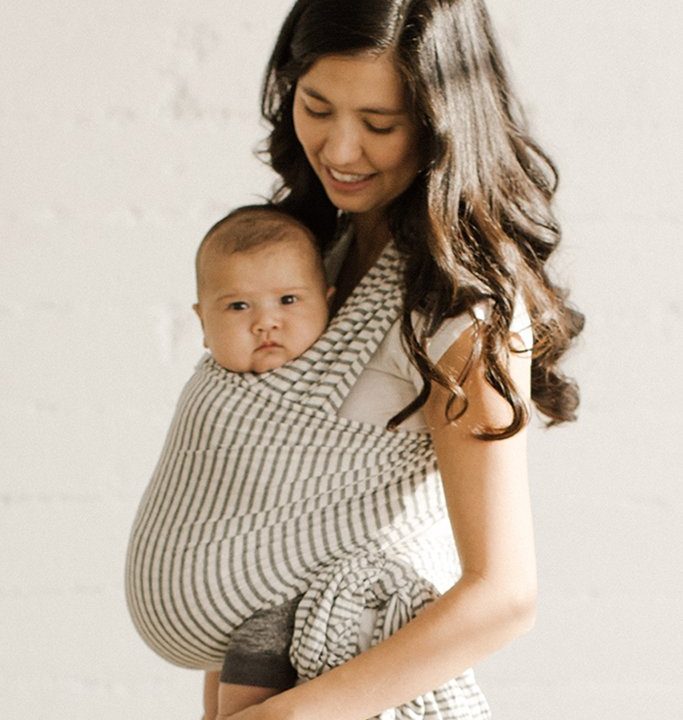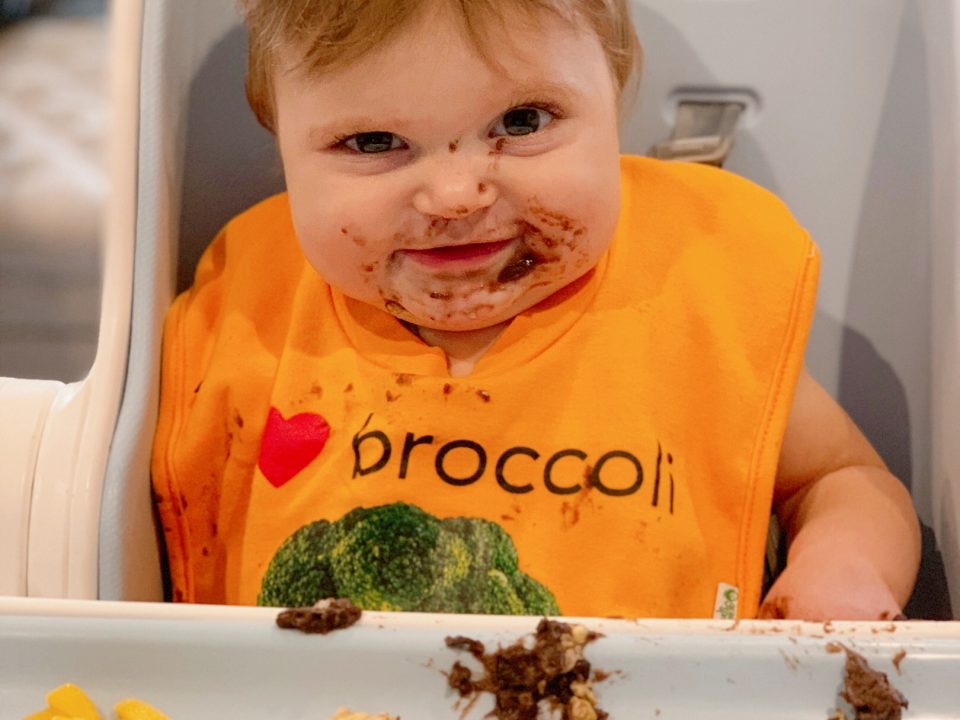
A Sustainable Lifestyle Plan
March 14, 2019
Protected: Sitter Sheet
March 20, 2019In this blog, I collaborate with guest blogger and baby expert, Annie O (also my BFF) to share tips for making life with a baby, easier and way more fun. From how to make your own diaper cream (that actually works) to treating gas/discomfort, we hope you find these tips to be super helpful for you and baby.
12 Tips For The Most Common Baby Problems
1. Diaper Rash
The best thing to do for a diaper rash is to make sure your baby’s bottom stays dry by changing their diaper frequently. Let them run around naked for a bit to air their bottom out. Water wipes are great for sensitive baby skin but can make leave a wetness behind. Burt’s Bee Baby Dusting Powder is 100% natural and formulated without talc, phthalates, parabens, petrolatum, or SLS and can be sprinkled on the bottom to soak up extra wetness.
Boudreaux’s Butt Paste contains zinc oxide is a great go-to diaper cream that can help to soothe and prevent diaper rashes. For extra strength use Triple D Diaper Cream which can be purchased over the counter.
If baby has a bad rash or yeast infection, a nystatin prescription may be helpful. You can also use an over the counter athlete foot cream which contains a similar anti-fugal agent that kills the extra yeast in the body.
For super raw butts from diarrhea you can make your own miracle butt cream by combining equal parts of hydrocortisone cream, zinc oxide cream, anti-fungal cream (athlete’s foot cream) and liquid antacid in a small container to rub on rash. Use for a couple days until rash clears up. This miracle cream is only intended to be used temporarily.
2. Gas & Stomach Discomfort
Gas is no joke for a baby and can cause lots of discomfort, pain, fussiness, and prolonged periods of crying. Since baby’s digestive system is not fully developed, trapped gas can be very common. The best way to avoid trapped gas is to make sure you give your baby a good burp (or two) after each feeding. Here are some good burping techniques. If air isn’t released during a feed, air can move into the small intestine and cause trapped gas and stomach discomfort. You will know if a baby has trapped gas when they stiffen up or curl their knees into their chest. They will most likely exhibit a painful like cry. To release trapped gas, make bicycle movements with baby’s legs, rub hands together to create a warmth and place on baby’s abdomen. The heat will help to break up air bubbles that can help baby toot and release pressure. Click image below to view how to video.
For a more powerful remedy, try gas relief drops or mylicon. Mylicon (simethicone) is an over-the-counter (OTC) product that relieves the discomfort of infant gas frequently caused by air swallowing or certain formulas or foods. Mylicon belongs to a class of medications called gastrointestinal agents, which is used to relieve gas.
3. Baby Acne
Baby acne is very common in newborns (cheeks, chin & forehead) and typically clears up by six weeks. Tiny whiteheads (called milia) are caused by the leftover maternal hormones that over activate the oil-producing glands and plug them up. A more inflamed version of milia—baby acne—is brought on by the same thing.
Typically, this will clear up on its own without any intervention. You may use a wash cloth and water or a water wipe to keep the skin clean but most likely, doing nothing is the best solution.
4. Crying For No Reason
Since a infant can’t use words, crying is the only way they know how to communicate. While you may think baby’s just cry for no reason, they may actually be trying to tell you something.
Click image below to watch how one woman unlocks the secret language of babies on Oprah.
You can also use the Cry translator app. It’s surprisingly pretty accurate and let’s you know whether your baby is hungry, stressed, bored, sleepy, and uncomfortable based on the sound of their cry. Ultimately, it’s important to use your common sense and maternal instincts to address what your baby needs.
5. Stuffy Nose
Since babies airways are so small it’s hard for them to pass phlegm, snot, and any drainage they may have. Sometimes mucus from the nose can make its way down the throat and into the respiratory system leading to a virus or other not so pleasant symptoms which is why it’s important to facilitate elimination. Extra drainage can also cause fluid to collect in the ear, leading to an ear infection and fever. The Fridababy Nose Frida Snotsucker is truly amazing. You can use one end to stick into the baby’s nose forming a seal against the nostril and the other end can be used to suck the mucous/snot out. It’s also very rewarding in a weird way to know how much snot comes out. To loosen the snot, you may squirt a couple drops of saline solution in each nostril before using the snotsucker. A steam shower also helps to break up mucus in the airways. Simply, turn shower as hot as it can go, close your bathroom door and let the water run for 10 minutes. Step into shower with baby (avoid letting water hit baby) and let steam penetrate into baby’s airways for 5-10 minutes. Use the snotsucker immediately after to pull out built up mucus. For bedtime, a cool mist humidifier may also be helpful to help with breathing and prevent dry sinuses, bloody noses and cracked lips.
6. Pukey Smell
Since babies have so many little rolls and crevices, spit up can get trapped in so many places leaving a faint pukey smell on baby. Mustela Cleansing Water is super gentle on baby’s delicate skin and leaves a beautiful, clean scent. I like to add a few pumps to a clean burp cloth and rub babies cheeks, under their chin and around their neck. A hidden spot for trapped spit up believe it or not is behind their ears. After a few days, babies accumulate a white crusty substance behind their ears that resembles the smell of toe jam. (Gross right?). Take a little cleansing water on a burp cloth to wipe this off and you will have your baby smelling fresh in no time.
7. Bath Hater
Make bath time super fun and active with this Otteroo Lumi Neck Floatie. It comfortably and safely fits around baby’s neck allowing them to kick their legs and use their arms while making them feel less restricted. Note: not recommended for use until baby is 8 weeks old. It’s also a nice way to enjoy your baby with you in the bath tub. My husband finds bath time to be a very good bonding experience.
8. Bad Sleeper
Swaddling provides warmth and security for baby and offers a similar feeling of what it was like for them in the womb. It can keep your baby from being disturbed by their own startle reflex, and it can help them stay warm and toasty for the first few days of life until their internal thermostat kicks in. It may even help to calm your baby. I find a sleep sack to be easy and safer than using a swaddle blanket that can come loose. It’s also recommended to never wake a sleeping baby to feed or play. This can help them to sleep for longer periods of time and allow them to establish a normal circadian rhythm or sleep wake cycle.
9. Clogged Tear Ducts /Eye Infection
Breastmilk is loaded with powerful antibodies that can heal infections and treat many common ailments. Simply squirt a few drops in the eye for pink eye or eye infections or rub into corner of eye to break up clogged tear ducts.
10. Colic
Colic is hard to define and experts are still unsure what causes it. The term applies to any healthy, well-fed infant who cries more than 3 hours a day, more than 3 days a week, for more than 3 weeks. Here’s what we know about it: Colic is likely to start around age 2 weeks if your infant is full-term (or later if premature).
Some experts believe that colic is the result of an allergy to milk protein (or lactose intolerance) in formula-fed babies. Colic may be a reaction to specific foods in Mom’s diet in breastfed babies. Either way, these allergies or sensitivity can cause tummy pain that may set off colicky behavior. To improve symptoms, it’s best to avoid cow’s milk, dairy, added sugar and caffeine as much as possible.
11. Cradle Cap
Cradle cap is white or yellow scales on a baby’s scalp. It is not clear what causes cradle cap, but it is not caused by allergy, bacterial infection, or bad hygiene and actually stems from overactive sebaceous glands, a fungal infection, or both. To get rid of cradle cap you can regularly wash your baby’s hair with a baby shampoo, and then loosen the flakes using a soft brush or the Fridababy Skinsoother below. Rubbing coconut oil on the scalp can help to moisturize scalp while also providing anti-fungal benefits.
 12. Clingy Baby
12. Clingy Baby
There is no such thing as holding your baby too much. A baby needs love to grow and thrive. Many people think that separation anxiety comes from a parent spoiling their baby when it could actually be from a concept known as object permanence. The term “object permanence” is used to describe a child’s ability to know that objects continue to exist even though they can no longer be seen or heard. When an object is hidden from sight, infants under a certain age often become upset that the item has vanished. Playing hide and seek with your baby using hands over your face or using a blanket to hide and reveal toys can help baby adjust to parents temporarily leaving baby. Object permanence is the understanding that objects continue to exist even when they cannot be perceived (seen, heard, touched, smelled or sensed in any way).
If your baby just loves to be held when you’re with them, try using a baby carrier or baby wrap for a hands free, comfortable hold. BabyBjörn Baby Carrier, Tula Carrier and the Solly Baby Wrap are my favorites.
Annie O Baby Essentials

